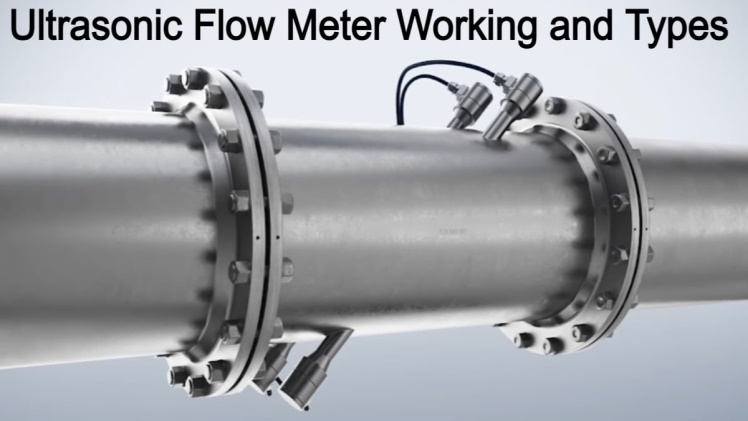Accurate flow measurement is crucial in various industries and applications, from water management and oil and gas production to wastewater treatment and industrial processes. Traditionally, mechanical flow meters have been widely used, but advancements in technology have introduced more efficient and accurate alternatives. One such innovation is the ultrasonic flow meter, which offers several advantages over traditional flow measurement methods. In this article, we will explore the benefits of ultrasonic flow meters and their contribution to accurate flow measurement.
Non-Intrusive and Versatile:
Ultrasonic flow meters are non-intrusive, meaning they do not require direct contact with the fluid being measured. This non-intrusive nature eliminates the need for cutting pipes or interrupting the flow, minimising installation and maintenance costs. Additionally, ultrasonic flow meters can be used in a wide range of applications and accommodate various pipe sizes, making them highly versatile and adaptable to different industries and fluid types.
High Accuracy and Precision:
One of the key advantages of ultrasonic flow meters is their exceptional accuracy and precision in flow measurement. These meters utilise ultrasound technology to measure flow velocity by transmitting and receiving ultrasonic signals through the fluid. The time it takes for the signals to travel between the transducers provides precise information about the flow rate. Ultrasonic flow meters offer high accuracy even at low flow rates and can handle both laminar and turbulent flows with minimal error margins.
Wide Turndown Ratio:
The turndown ratio refers to the range between the minimum and maximum flow rates that a flow meter can accurately measure. Ultrasonic flow meters typically have a wide turndown ratio, allowing them to accurately measure flow rates across a broad range. This flexibility is advantageous in applications where flow rates may vary significantly, ensuring accurate measurements even during fluctuating conditions.
Reduced Pressure Drop:
Unlike some traditional flow meters, ultrasonic flow meters have minimal impact on the fluid flow. They do not introduce any significant pressure drop or flow disturbances, allowing for efficient and uninterrupted flow within the system. This is particularly beneficial in applications where maintaining optimal flow conditions is crucial, such as in sensitive processes or systems with limited available pressure.
Non-Contact and Non-Intrusive:
Ultrasonic flow meters operate on a non-contact and non-intrusive principle, which offers several advantages. Since there is no physical contact with the fluid, there is no risk of contamination or damage to the flow meter. This makes ultrasonic flow meters suitable for measuring corrosive, abrasive, or high-purity fluids. The non-intrusive nature also ensures minimal maintenance requirements and reduces the risk of clogging or fouling, resulting in improved long-term reliability and accuracy.
Compatibility with Various Fluids:
Ultrasonic flow meters are compatible with a wide range of fluids, including liquids and gases. They can handle different fluid properties, viscosities, and temperatures, making them versatile for diverse applications. Whether you need to measure water, chemicals, oils, or compressed air, ultrasonic flow meters provide accurate and reliable measurements across various fluid types.
In conclusion, ultrasonic flow meters offer significant advantages over traditional flow measurement methods. Their non-intrusive nature, high accuracy and precision, wide turndown ratio, reduced pressure drop, and compatibility with various fluids make them a valuable tool in accurate flow measurement. By utilising ultrasonic flow meters, industries can improve efficiency, reduce maintenance costs, and enhance process control. Whether in water management, industrial processes, or oil and gas production, ultrasonic flow meters provide reliable and precise flow measurement, contributing to optimal performance and productivity.





